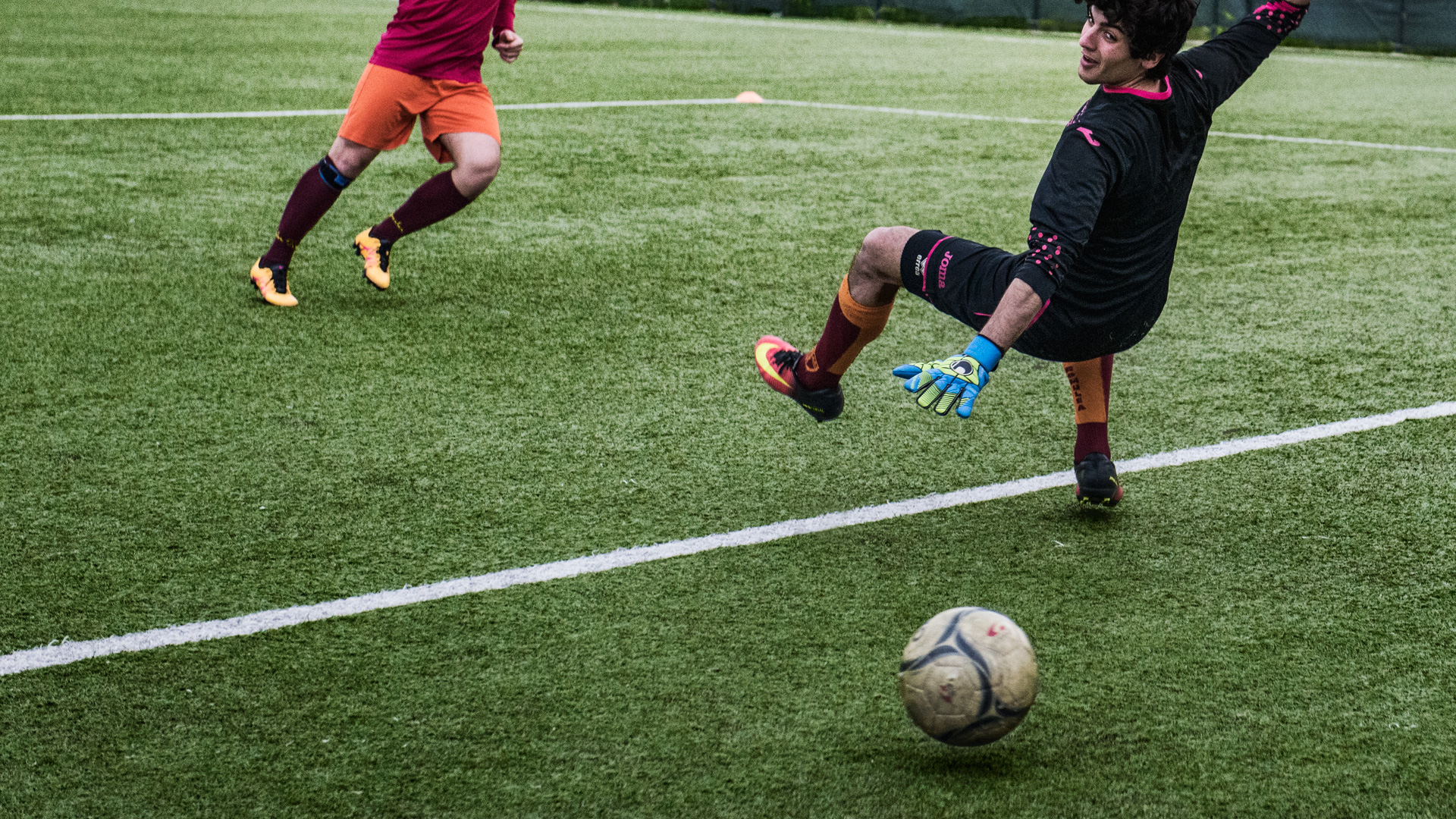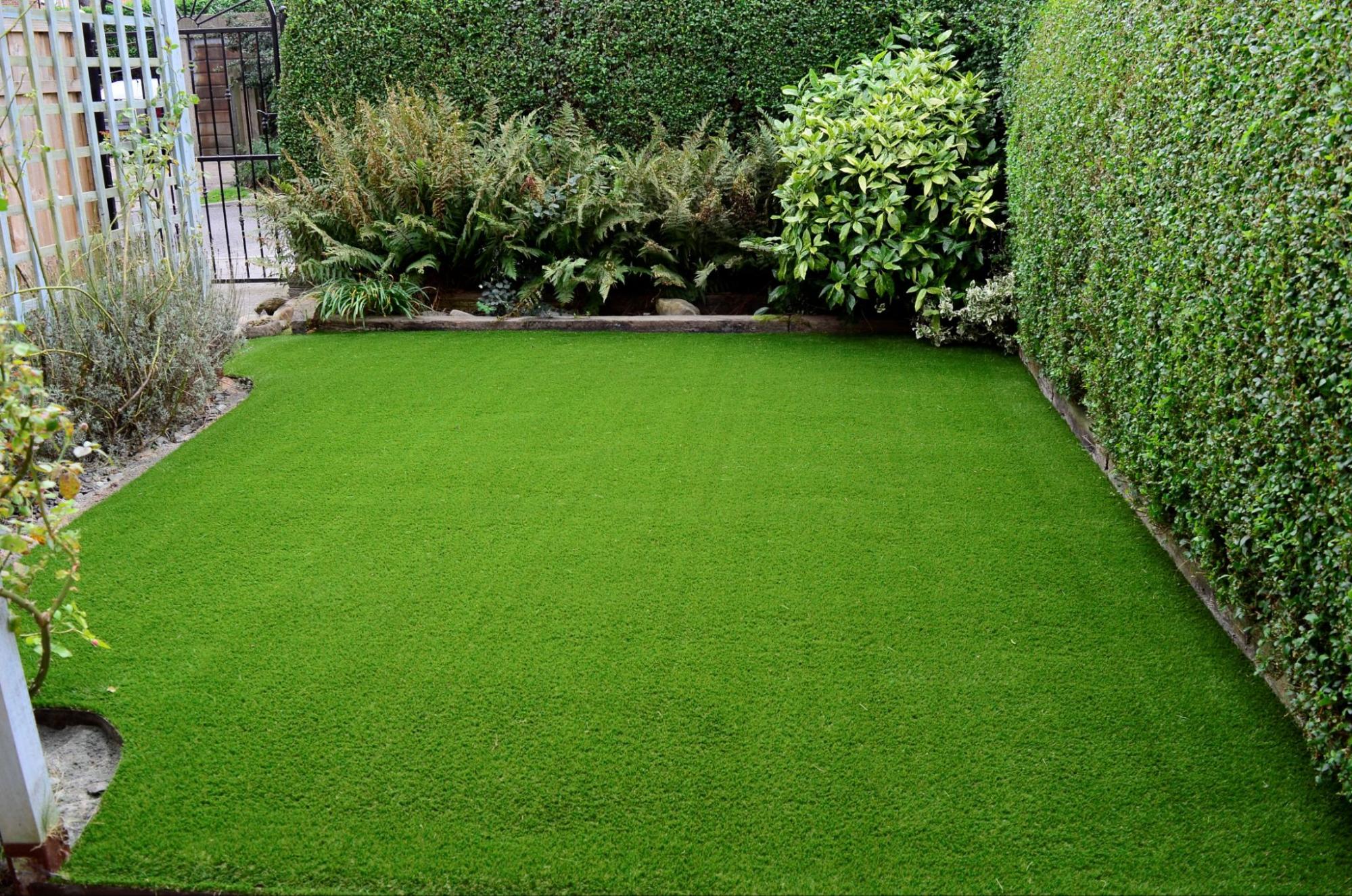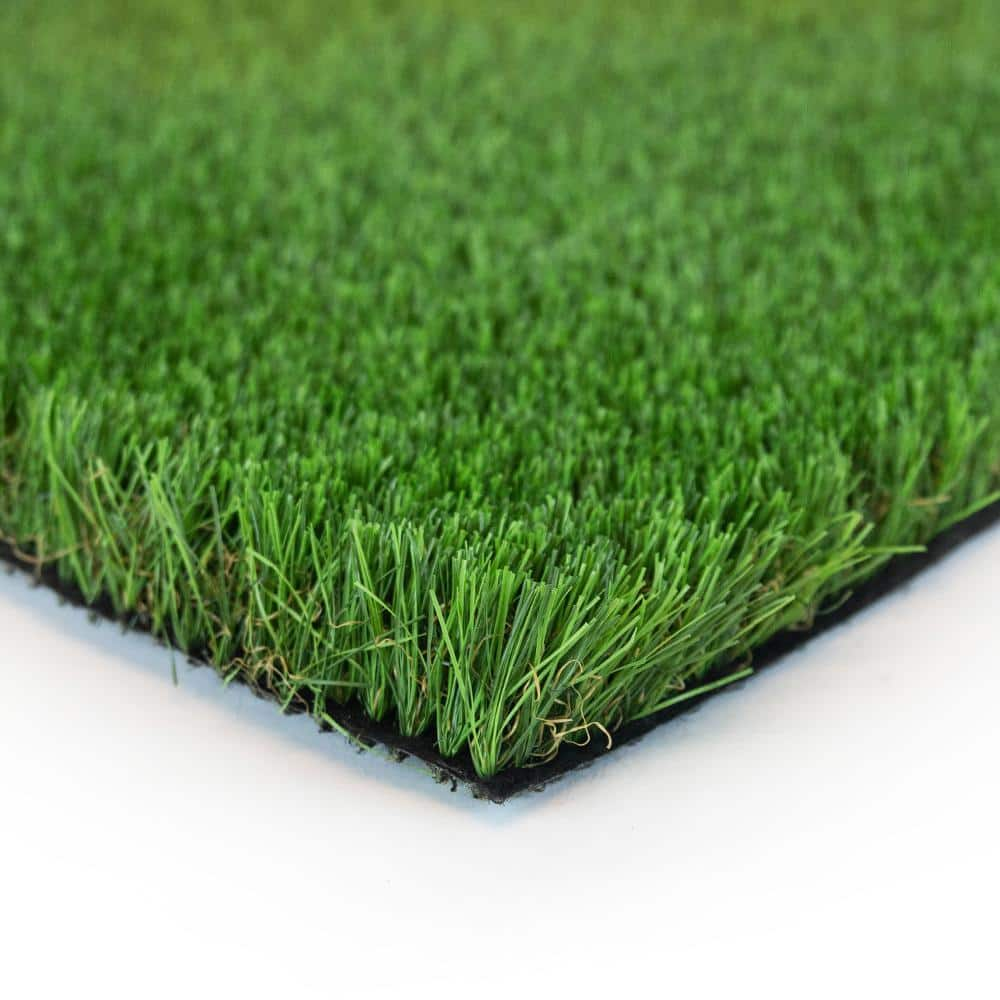Skilled Arizona Turf Installation Services for Home and Business Use
Skilled Arizona Turf Installation Services for Home and Business Use
Blog Article
Explore the Environmental Perks of Opting for Synthetic Grass Solutions
The adoption of fabricated turf services provides an engaging opportunity to deal with pressing ecological challenges. By considerably lowering water use and reducing the application of unsafe chemicals, these choices not only promote sustainable landscape design but likewise shield regional ecosystems.
Water Conservation Conveniences
One of the most considerable benefits of fabricated turf is its ability to conserve water. In comparison, fabricated lawn does not need watering, substantially minimizing the general need for water resources.
By getting rid of the demand for regular watering, synthetic grass adds to lasting landscape methods and aids alleviate the ecological impact of excessive water consumption. The preservation of water prolongs to the reduction of drainage, which can lead to dirt disintegration and river contamination.
Furthermore, the setup of man-made turf enables property owners and communities to allot water resources more efficiently, concentrating on essential usages such as drinking water and farming. The shift in the direction of synthetic grass not only advertises accountable water use but likewise straightens with more comprehensive ecological goals intended at maintaining natural deposits.
As neighborhoods increasingly focus on sustainability, the water conservation advantages of synthetic grass offer an engaging situation for its adoption in business and residential landscape design projects.
Lowered Chemical Use
The change to man-made grass significantly lowers the reliance on chemical therapies commonly made use of in all-natural lawn maintenance. Standard grass monitoring typically involves the application of chemicals, plant foods, and herbicides to promote growth and control bugs. These chemicals can position risks to human health and wellness, local wild animals, and the environment, contributing to soil and water contamination.
In contrast, man-made grass eliminates the requirement for these unsafe materials. By decreasing the release of artificial substances right into the ecosystem, man-made lawn advertises healthier soil and water systems.
Furthermore, the lack of chemical overflow linked with fabricated turf setups assists shield local waterways from air pollution, supporting marine life and keeping biodiversity. Arizona artificial turf. As communities increasingly prioritize sustainable methods, choosing for man-made grass provides a feasible service that aligns with ecological conservation objectives. Through this change, homeowner can enjoy rich green spaces without compromising eco-friendly wellness, leading the method for a much more sustainable future
Reduced Carbon Impact

Furthermore, the installation of fabricated grass can lead to significant water conservation. Natural grass call for significant amounts of water for irrigation, which not just contributes to the carbon footprint connected with water removal and treatment but likewise stress local water sources. On the other hand, synthetic grass requires minimal maintenance, requiring no watering, thus substantially decreasing water usage and its connected energy prices.
In addition, the longevity of fabricated grass adds to its lower carbon impact. With a life-span of up to 15 years or more, the requirement for regular substitutes is diminished, resulting in much less waste and reduced energy usage in production and throwing away standard grass choices. Generally, synthetic turf provides a sustainable option for ecologically mindful landscaping.
Environment Conservation
Environment preservation is an essential factor to consider in the dispute over landscaping options, especially when comparing synthetic grass to all-natural lawn. All-natural turf lawns frequently require comprehensive maintenance, including making use of pesticides, plant foods, and herbicides, which can detrimentally influence regional communities. These chemicals can leach into the soil and rivers, harming native flora and fauna and interrupting local environments.
In contrast, synthetic grass offers an opportunity to lower the environmental footprint of landscape design. By deciding for synthetic turf, house owners can reduce the disturbance of natural environments connected with conventional grass treatment techniques. Synthetic grass gets rid of the need for hazardous chemicals, consequently securing nearby wildlife and preserving the stability of bordering environments. Additionally, the setup you could try these out of synthetic grass can result in the conversion of former turf locations into even more biodiverse landscapes, such as pollinator gardens or native plant areas, which can support local wild animals.
Ultimately, the change to man-made grass not only conserves water and decreases upkeep efforts yet also cultivates a more harmonious connection in between human tasks and the native environment, promoting habitat conservation while doing so.
Long-Term Sustainability
Long-lasting sustainability is an important consider examining the benefits of fabricated lawn over conventional turf yards. One of one of the most significant advantages of fabricated turf is its resilience; it can last approximately 15-20 years with marginal maintenance, whereas all-natural yard needs constant reseeding and substitute. This durability reduces the demand for consistent resources, such as water, fertilizers, and pesticides, which are necessary for maintaining a healthy turf yard.
Furthermore, fabricated grass contributes to a reduction in carbon exhausts linked with lawn care devices. Typical lawns commonly need gas-powered lawn mowers, trimmers, and blowers, every one of which add to air get redirected here contamination. Arizona turf. On the other hand, fabricated lawn removes the demand for such tools, promoting a cleaner atmosphere
In addition, the production of synthetic grass increasingly utilizes recycled products, boosting its sustainability account. As manufacturers take on environment-friendly techniques, the environmental footprint of man-made grass continues to decrease.

Verdict
The adoption of artificial lawn solutions provides substantial environmental benefits, including substantial water preservation, reduced dependence on harmful chemicals, and a lower carbon impact. Man-made lawn help in preserving natural environments by lessening land disturbance and advertising long-term sustainability with the usage of durable products. Collectively, these aspects underscore the capacity of fabricated grass to add favorably to environmental wellness and provide a practical option to conventional landscape design methods in a progressively resource-conscious world.
In contrast, synthetic grass does not need watering, substantially reducing the general need for water sources. By decreasing the launch of artificial substances into the community, man-made lawn promotes much healthier dirt and water systems.
Additionally, the setup of fabricated grass can result in considerable water conservation. have a peek here In contrast, artificial lawn needs minimal upkeep, needing no watering, thereby considerably minimizing water use and its associated energy prices.

Report this page